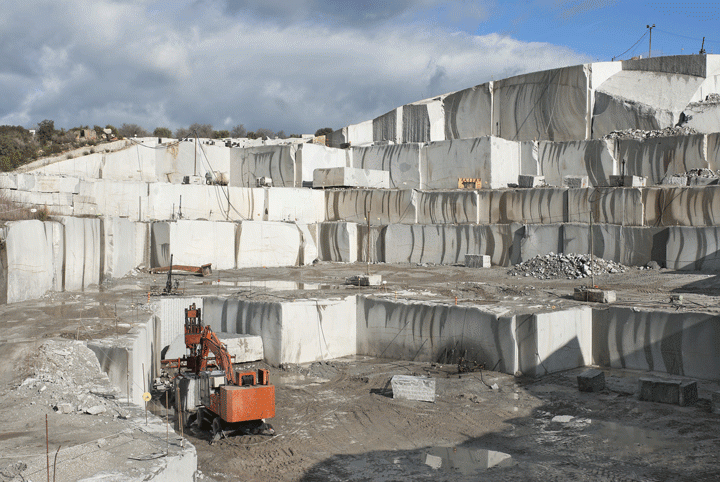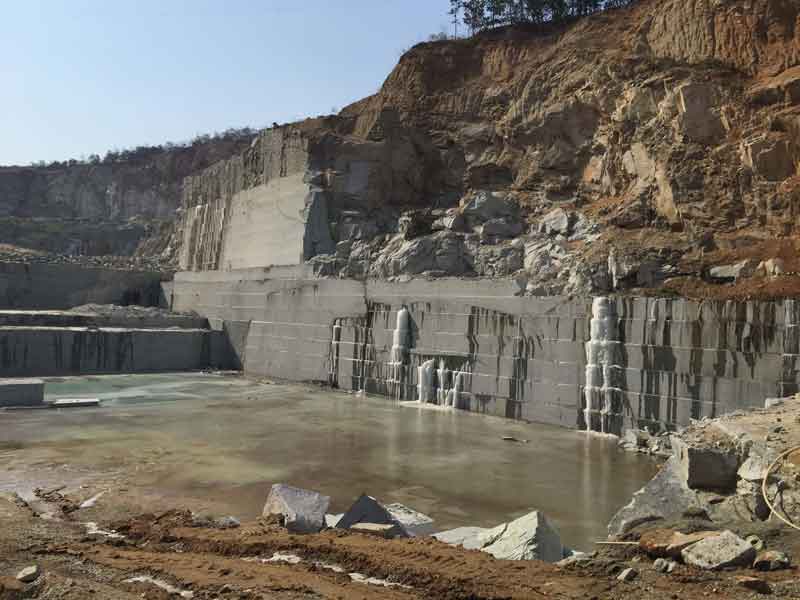Opening All-natural Prizes: Granite Quarries in South Africa Introduced
Opening All-natural Prizes: Granite Quarries in South Africa Introduced
Blog Article
Discovering the Rich Background and Sustainable Practices of Granite Quarrying
As we base on the precipice of uncovering the intricate tapestry of granite quarrying, a trip via time exposes not just the physical act of removing rock yet also the social and historical significance woven into the very material of this technique. From the ancient beginnings that laid the foundation for contemporary quarrying strategies to the sustainable methods that are shaping the future of this sector, each sculpt mark on granite surface areas narrates waiting to be uncovered (granite quarries in south africa). The legacy of granite quarrying extends much past simple extraction; it is a testimony to human resourcefulness, durability, and the long-lasting attraction of this magnificent rock
Old Origins of Granite Quarrying
Going back to ancient civilizations, the practice of quarrying granite has been an integral component of human background and building development. The earliest proof of granite quarrying dates back to old Egypt, where substantial pyramids and complex sculptures were crafted from this sturdy stone. The Egyptians used primitive tools to remove granite blocks from quarries, showcasing the relevance of this product in their significant buildings.
Relocating forward in history, the Greeks also made substantial payments to the quarrying of granite. The Greeks utilized granite in different architectural marvels, such as holy places and statuaries, demonstrating their skill in shaping and sculpting this hardy rock. The Romans better refined the techniques of quarrying granite, utilizing advanced devices like chisels and hammers to remove and shape granite for their famous frameworks.
Via the centuries, the method of quarrying granite has advanced, with contemporary technologies enhancing performance while maintaining the timeless allure of this all-natural stone - granite quarries in south africa. From old civilizations to contemporary building contractors, the tradition of granite quarrying continues to form our world
Advancement of Quarrying Strategies
The advancement of quarrying strategies has actually been noted by a continual development in the direction of greater efficiency and precision in drawing out granite. Early quarrying techniques included hands-on labor with fundamental devices such as knives, hammers, and wedges to remove granite blocks from the planet.
Advancements in computer-controlled tools and 3D modeling have maximized quarrying procedures, leading to marginal ecological influence and enhanced sustainability practices. As the demand for granite proceeds to increase, the evolution of quarrying strategies stays integral to meeting sector needs efficiently and sustainably.
Social Significance of Granite
Granite holds an extensive social significance across numerous human beings due to its enduring existence in building masterpieces and admired monoliths. The cultural value of granite extends past its physical characteristics; it embodies strength, stability, and eternity, making it a sign of enduring legacies and practices.

Lasting Practices in Quarrying
Among the abundant history of granite quarrying and its social significance lies an expanding emphasis on lasting methods within the industry. As ecological awareness and problems concerning source depletion have actually increased internationally, the quarrying market has actually significantly accepted sustainable approaches to reduce its influence on the atmosphere and bordering neighborhoods.

Furthermore, recovery and recovery of quarry websites post-extraction are essential to lasting practices. By restoring quarried locations to an all-natural or advantageous state, such as creating wildlife habitats or entertainment areas, quarriers can counter the environmental footprint of their procedures and contribute positively to the regional ecosystem.
Tradition of Granite Quarrying
With a historic backdrop soaked in workmanship and commercial development, what enduring impact has granite quarrying left on the landscape of modern culture? The tradition of granite quarrying goes beyond mere removal practices; it has formed architectural wonders, metropolitan landscapes, and social heritage worldwide. The durable nature of granite has actually made it a preferred option for monoliths, buildings, and facilities, standing as a testament to the skill web link and artistry of quarry employees across generations.
Furthermore, the economic footprint of granite quarrying can not be neglected. The industry continues to supply employment possibility and drive regional economic situations in areas where granite extraction prevails. It has also spurred technological innovations in quarrying techniques and equipment, resulting in a lot more effective and lasting techniques.
In terms of sustainability, the heritage of granite quarrying includes efforts to reduce environmental influences via recovery tasks and accountable source management. By stabilizing financial rate of interests with ecological stewardship, the sector aims to make certain that future generations can continue to benefit from this long-lasting all-natural source.
Final Thought

Report this page